Steel Types
In order for an iron-based alloy to be called steel, it must by definition contain carbon.
Carbon steel: this term refers to any of a vast number of non-stainless steels suitable for tool making which have various alloying elements. The different amounts of these elements give the steel different qualities- hardness, toughness, ductility, etc. These steels can rust or oxidize so require a little more care. The tradeoff is that they cost less to work with with similar toughness and edge retention to stainless steels.
Stainless steel: any of a huge number of steels with specific alloying elements such as chromium which prevent the steel from rusting or oxidizing. There are also many stainless steel types well suited for the making of knives and tools that boast excellent toughness and edge retention.
Damascus steel: layers of multiple grades of stainless or carbon steels forged together to make one solid piece of material. When eched in acids, the different grades of steel are etched at different speeds, resulting in a pattern of layers. There are almost endless patterns that can be made in this way. This is the most time consuming steel to use as it requires many cycles of heating and forging, but is widely considered the aesthetic peak of steel options.
There is a wealth of technical data out there about "what is the best type of steel" for various applications. After several years of research and use, I have selected the steels that I find work best for the knives and tools that I make. The following are just a few of the many steels out there:

10XX Series (such as 1075, 1084, 1095): A reliable, tough series of carbon steels that is popular with custom makers and large production companies alike. It is known to hold a very fine edge. The ultimate performance of these various grades of steel is pretty similar to one another. They can also produce a hamon or differential hardening line when heat treated in specific ways.
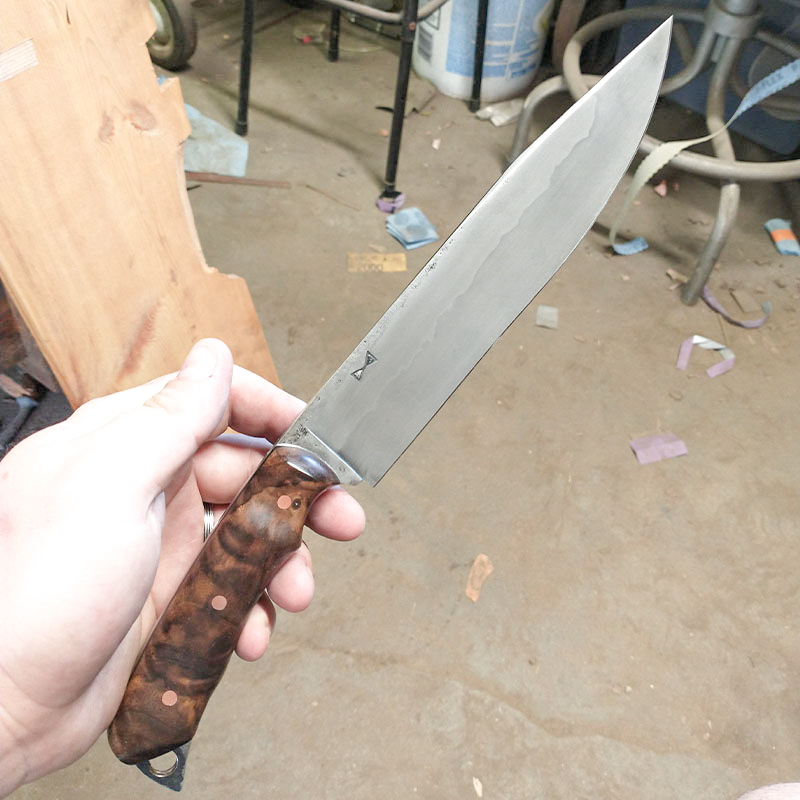
15N20: A high-nickel steel which shows up as the "silver" layers in damascus. Used as a stand-alone steel it is about the equivalent of the 10XX series of steel with perhaps a tad more toughness due to the higher nickel content.
5150/5160: This grade of steel is commonly referred to as "spring steel" due to its common use on the automotive industry to make leaf and coil springs. It has very high toughness and good edge retention. This steel is popular with custom makers due to its ease of use and reliability.
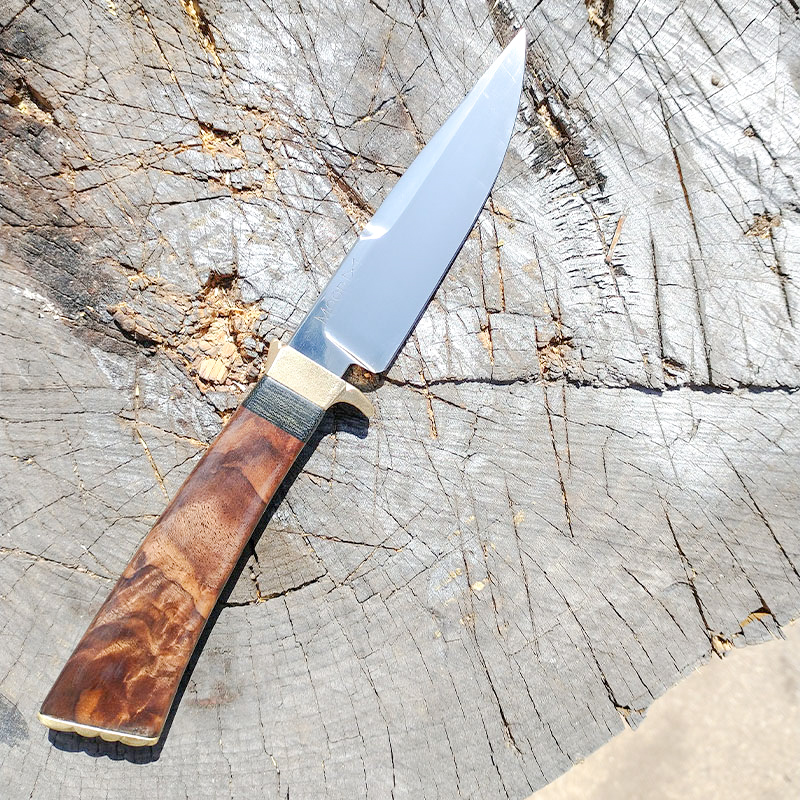
W1/W2: Very clean steels which have great edge retention and decent toughness. These steels are well know in the knife making community as the go-to steels for hamons (differential hardening lines).
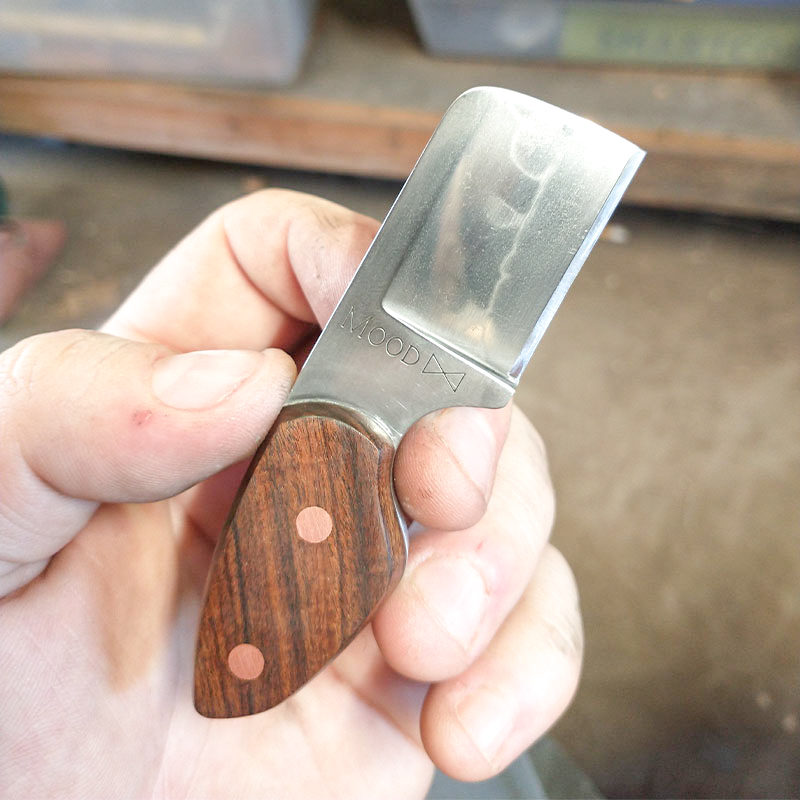
O1/O2: Tool steels with good toughness, wear resistance and edge retention popular with custom knife makers.
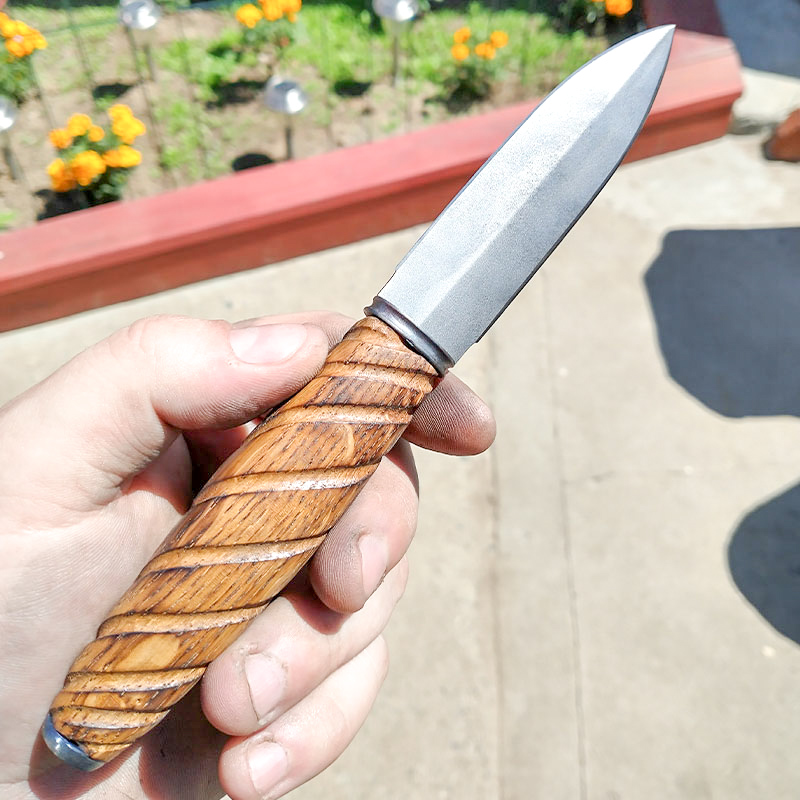
AEB-L: A stainless steel with some of the highest toughness and edge retention out there. This is the steel I prefer to use for my folding knives, though it could be used to make any knife. It requires more complex heat treatment including a cryogenic bath to acheive best results. Super cool!
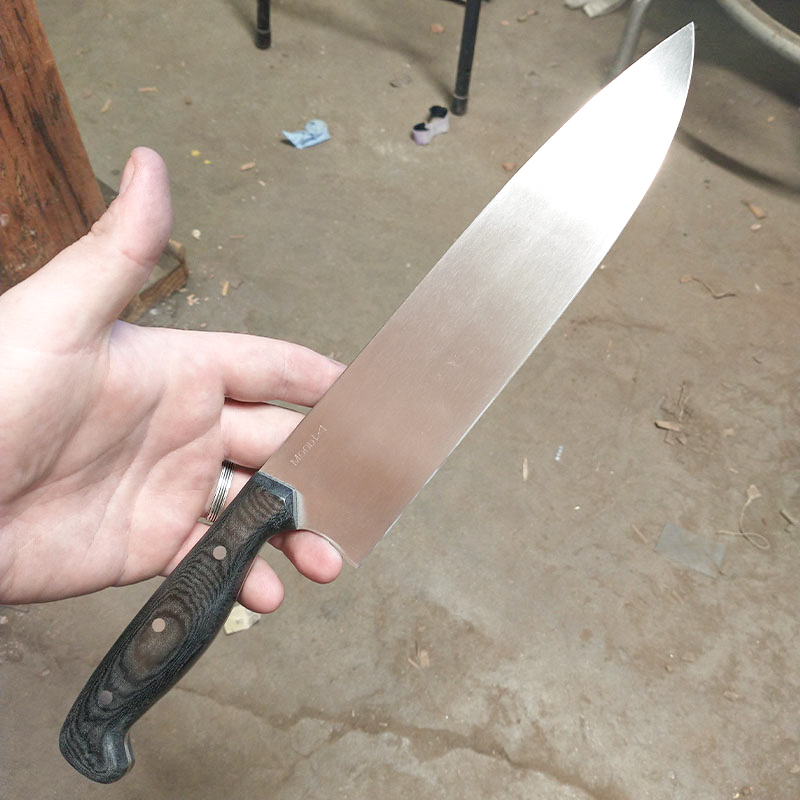
1045: One of the 10XX series of steels that is good for making hammers, axes and blades that require toughness more than edge retention.
4140: A shock-resistant tool steel ideal for making hammers and axes.
